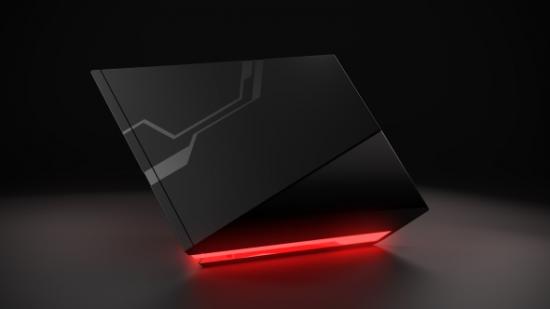They told you there would be an increase in demand, but no one knew it would be like this. GPUmageddon. Graphics cards are selling out in seconds, and weary-eyed gamers sustain themselves on black coffee as they endlessly search the web for affordable cards. But there could be a saving grace, Blade’s Shadow beaming down GTX 1080 gaming power from the heavens – a safe port in the GPU storm.
Want to know how the best graphics cards stack up? Check this out.
You don’t have to take up permanent residence with Shadow’s Blade if you don’t want to, but just take a load off for a little while. Your steam library is all there, we’ve bought you a glass of warm milk, and they’re supplying 20,000 GTX 1080s. Take it easy for a few months, maybe see how 2018 plays out – wait for all this crypto-madness to blow over.
That’s what Blade’s Shadow offers gamers in these dark times. Not simply a streaming service only for games, but a personal computer in the cloud powered by your very own discrete graphics card and streamed to your compatible device – be it a mobile phone, laptop, their own streaming box, or even a weak sauce desktop.
We’ve been aware of Shadow for a little while now. It left a strong impression on our poor hardware editor, Dave, at Gamescom, who’s been locked in his panic room shouting something about ‘streaming taking away everything he holds dear’ ever since. Nevertheless, I gave it a whirl recently and spoke with Emmanuel Freund, co-founder and president of this rapidly-expanding French startup.
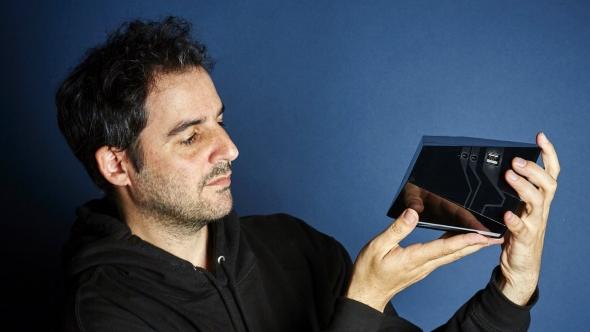
“We take a computer and you stream it. You are not sharing anything, the GRID or whatever,” Freund says, “it’s a normal computer, which should give every freedom on Windows. You can go to the system, you can see the GPU, you can see exactly what are your components. “If you are stupid enough, you can even remove the driver of the GTX 1080. You can do whatever you want.”
Blade have put together their own custom streaming software, including backend tech, have bought their own servers, and built their service from the ground up – and it seems to have paid off. What you get with Shadow is your own discrete Nvidia GTX 1080-equivalent GPU (potentially a Quadro P5000 now that Nvidia are cracking down), Intel Xeon CPU, 12GB of memory, 256GB of storage… well, your own high-end gaming PC connected to their 1Gbps data-centre connection.
Where many streaming services fall down is on the internet requirements they expect from the end user. With Shadow, however, those are minimised to 15 Mbps. They plan on dropping that to 5 Mbps with a future H.265 update, too. That’s not just ADSL-capable speeds, that’s bad ADSL speeds. But as Freund points out, and despite popular belief, the internet connection hasn’t always been the problem.
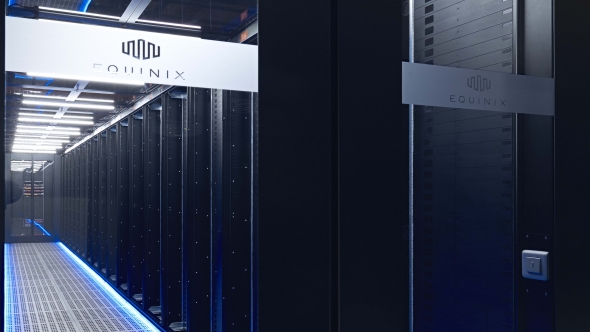
“The hypervisor and the server are taking the image, but to grab it and encode it will take 60 – 100ms – only that part. If you go, for example, from Paris to London… it takes around 15ms. So not at all equivalent to the 100ms it actually takes to grab the image.
“So when people were using the old gaming or cloud system and having latency they were putting the fault with the A and B position when actually none of that matters, and what is really relevant to how fast you are is grabbing the image and encoding it.”
I wasn’t surprised to find the Shadow service worked, but I was surprised that it worked really, really well. I’ve given a few streaming services a go, and from my brief encounter with Shadow, it is up there with the best of them. It wasn’t dumbing down the resolution, and the image quality doesn’t look like a JPEG that’s been through the wringer – it was indiscernible from the real thing.
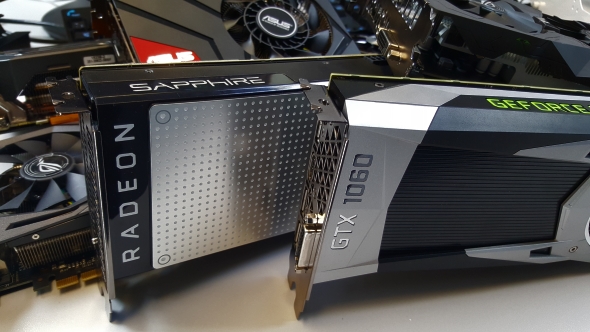
“We’re trying to have people coming to the streaming services saying it is as good as a computer and there are many advantages. You can use it from anywhere, etc. But actually, most of the gamers are coming to us because of the price.”
At £26.95 per month, or $34.95 / €29.95 a month in the US, France and Germany, for the 12 month subscription, it works out to around £323 for a whole year of the service. That’s around the price of a GTX 1060 right now. A comparable GTX 1080 on the other hand costs around £700, over two years of the Shadow service – although you do retain the resale value on that card.
I think the real utility in Blade’s Shadow right now, however, is in the three-month subscription at £32.95 per month. I’m not ready to ditch my hardware and settle in the cloud just yet, and it would be hypocritical of me to ask you – a reader evidently interested in PC hardware – to do the same. Right now, the graphics card market is a mess, but who knows where it will be in three, six, or nine months time. A service that lets you opt-out of all that until a later date? Yeah, I’ll take it.
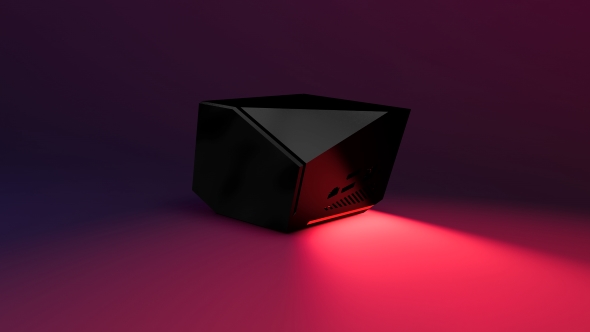
So maybe Dave’s fears aren’t so unfounded, and I’m starting to think maybe this is a portent of things to come. I was hoping to have a job a little longer before the H.M.S Hardware sinks into the murky abyss, but nevermind. As Freund pointed out, rather gleefully at the prospect of streaming going mainstream, “We have six months to one year advance on everyone, but everyone will come now. We showed that it’s a thing, and people will start to know it’s a thing now.”
So if you’re tired of the search, the waiting lists, the stock notifications, and your inadequate hardware, Blade’s Shadow could potentially offer you some solace. Maybe not until death do you part, but at least until it’s clear skies ahead and graphics card manufacturers are able to keep pace with demand.
